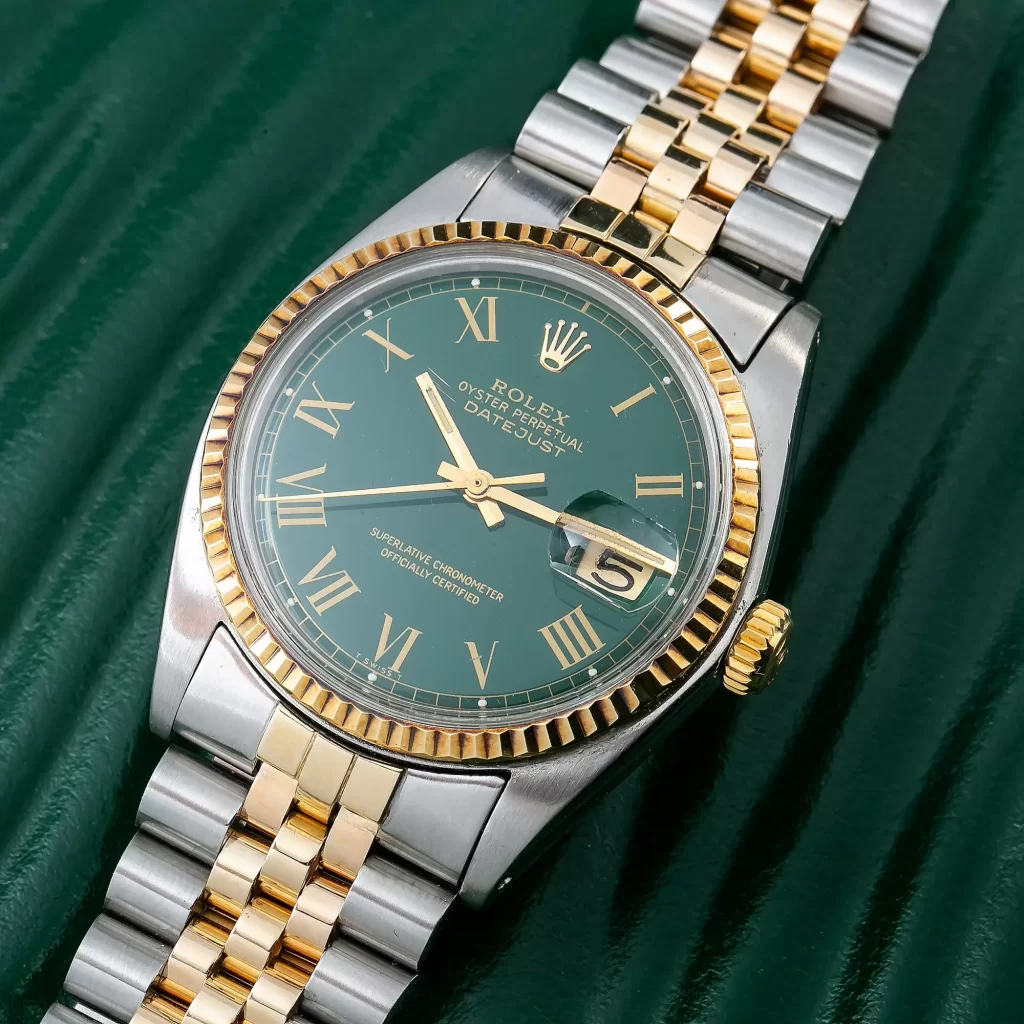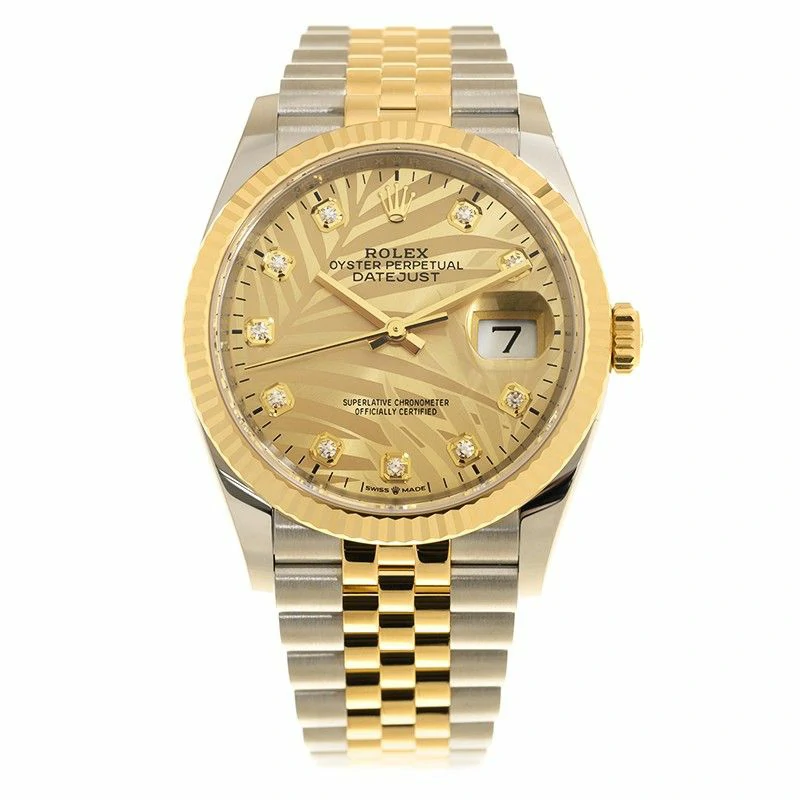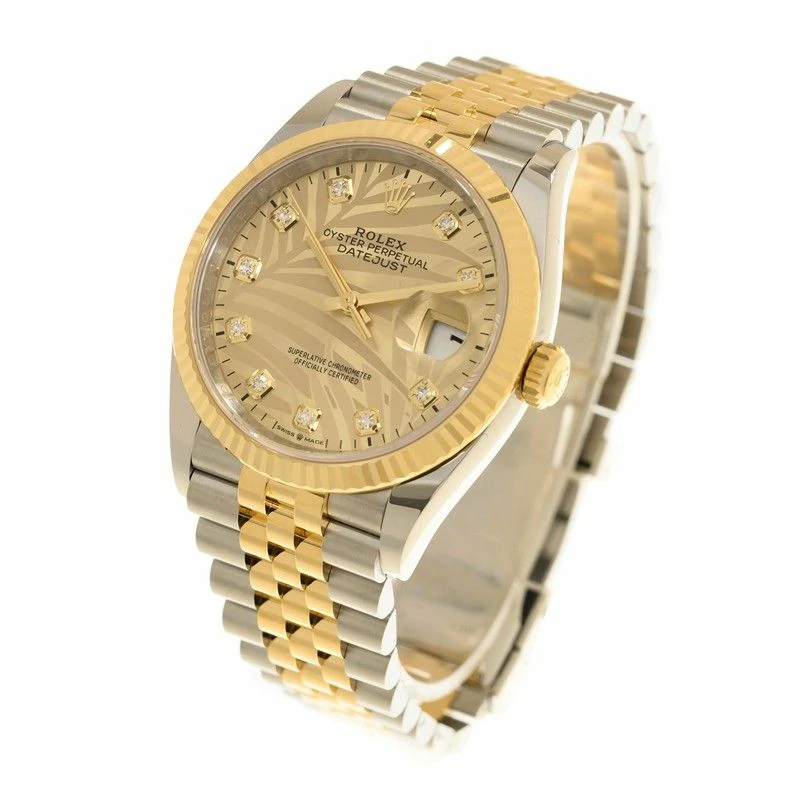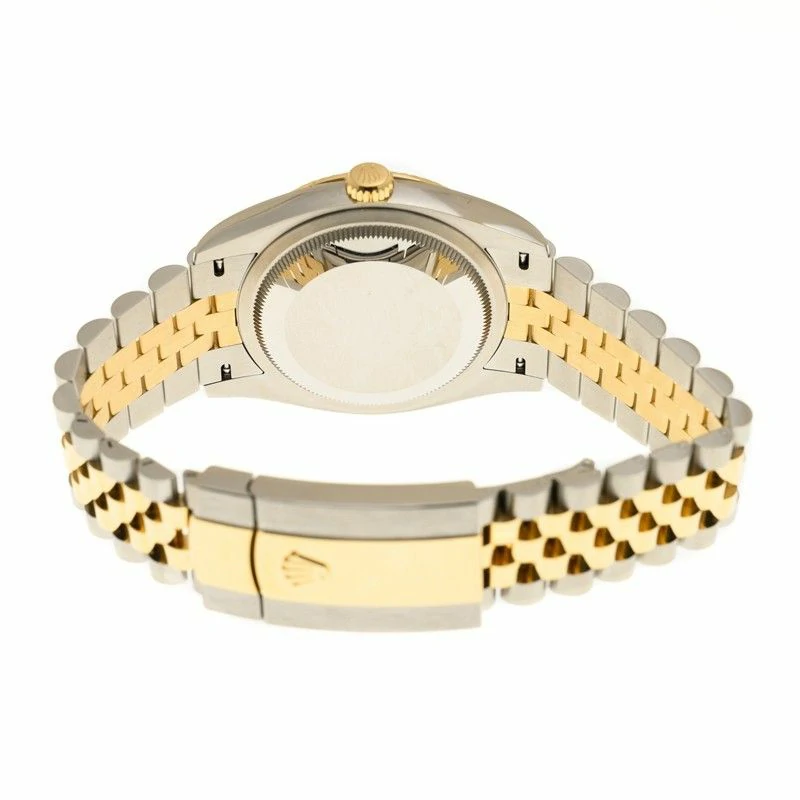Rolex stands as the premier watch brand, a status that has endured for decades and shows no signs of waning. Recent sales figures indicate that Rolex continues to strengthen its dominance in the luxury replica watch market, prompting an intriguing question: could Rolex ever be dethroned? This exploration will delve into the factors that contribute to Rolex’s enduring supremacy and examine whether constant first-place status is a double-edged sword.

The answer to the question is a resounding “no.” A steady stream of new releases keeps sales soaring. With upcoming models like the updated GMT-Master II featuring a black and gray ceramic bezel and a refreshed Daytona, it’s clear that demand will remain robust. According to the 2022 Morgan Stanley Swiss Watch Industry Report, Rolex significantly outpaces its competitors, achieving approximately $9.7 billion in sales. For perspective, Cartier follows with about $3 billion, and Omega with approximately $2.7 billion. Rolex’s share of the Swiss watch export market reached 29.2% in 2022, a notable increase from the previous year.

To unseat Rolex, competitors would need to triple their performance while Rolex would have to stagnate. As novelist Lazlo Ferran observed, “If you put on a crown, somebody will try to take your head.” However, the competition remains far behind, struggling to even reach the crown.
Resilience Against Market Trends
While poor product launches can damage a brand’s reputation, Rolex seems immune to such failures. The recent discontinuation of the Cellini collection and the mixed reactions to the “Lefty” GMT-Master II and the “Emoji” Day-Date demonstrate that even experimental designs do not detract from the brand’s core identity. Rolex’s ability to innovate while maintaining its essence is a testament to its strength.

Despite concerns about saturation, with Rolex watches ubiquitous on social media, the brand continues to resonate with consumers who associate it with luxury, status, and success.
Adapting to Change
Rolex’s approach to product updates is strategic, reminiscent of Coca-Cola’s controversial shift to New Coke in the 1980s. Unlike New Coke, however, Rolex has successfully evolved its designs – such as the transition from aluminum to ceramic bezels – without alienating its customer base. These updates enhance durability while preserving aesthetic appeal.

Navigating Reputation Risks
While Rolex is not directly affected by controversies surrounding individual endorsements, it must remain vigilant about its reputation. Cases of dubious provenance in the auction market can pose risks. For instance, a questionable replica Rolex Submariner once linked to Steve McQueen raised eyebrows and prompted Phillips to withdraw it from auction, highlighting the brand’s sensitivity to potential scandals, even if it was not at fault.
The Strength of Celebrity Endorsements
High-profile brand ambassadors like Tiger Woods have faced personal scandals, yet Rolex’s image remains unscathed. The brand’s resilience in the face of controversy reflects its strong market position. It seems that public perception is robust enough that individual controversies do little to tarnish the Rolex name.
To secure its lead, Rolex is investing approximately $1 billion in a new production facility in Bulle, Switzerland. This site will employ 2,000 workers and enable Rolex to exceed one million fake watches produced annually by 2029. Even with this expansion, demand is expected to outstrip supply.
Rolex will continue to uphold its tradition of quality and innovation. The brand remains focused on producing timeless icons like the Submariner, GMT-Master II, Day-Date, and Daytona. A shift away from these staples in favor of less popular models could jeopardize its standing, though a catastrophic series of events would be required for Rolex to falter significantly.